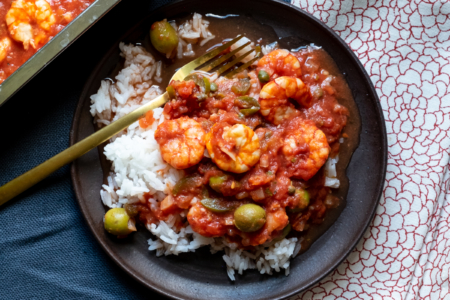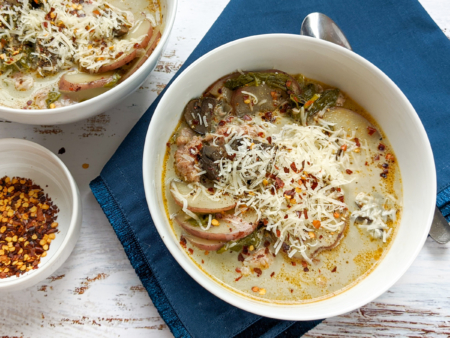Found abundantly across the streets and pastry shops of Turkey, borek is one of the tastiest treats that originated during the Ottoman Empire. Let’s discover more about borek, its rich history, and delectable variations.
What is Borek?
Borek, also known as burek, byrek, boureki, or brik, is a kind of stuffed pastry prepared from yufka, a phyllo-like dough. It’s crisp and flaky from the outside while tender and rich on the inside. While most of the time borek is baked, some borek varieties can be fried. Similarly, it can be baked in two ways: either in a single large pan and later cut into pieces, or it can be baked in the form of individual pastries. Borek can be savored hot right out of the oven or it can be eaten cold, making it an ideal snack for any time of the day.
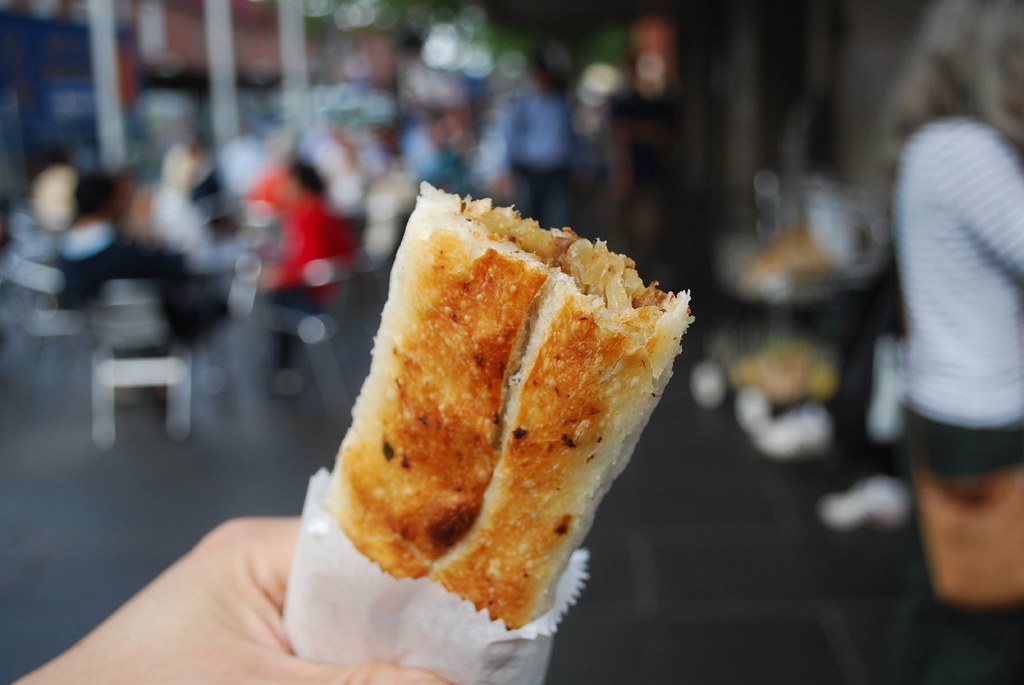
History of Borek
We can find many pretensions regarding the true origin of borek. While many historians claim it originated in the Ottoman court, or perhaps in Central Asia, some associate its genesis with Serbia and even China. However, historical evidence shows that borek became a favorite food in the Ottoman Empire sometime during the 14th century and later became a cultural symbol of Turkish cuisine. Borek were considered royal food and were served to Ottoman royals and nobles with every meal. The royal chefs would alter the pastry fillings from feta cheese to minced meat, and spinach to potatoes, or leeks for a variation in taste.
There’s another popular belief regarding borek’s origin that they were invented by Turk nomads in Central Asia who would cook borek over their campfires. History has it that they later migrated towards Anatolia during the last period of the Middle Ages, and introduced borek to the Ottoman Empire. Owing to its delicious crisp exterior and tender meaty interior, which was a very unique culinary combination during that time, borek entertained a great fan base wherever the nomads took it across a vast geographical area.
Today, borek is enjoyed at breakfast and tea times all over the Middle East, Eastern Europe, Central Europe, Northern Africa, and Central Asia.
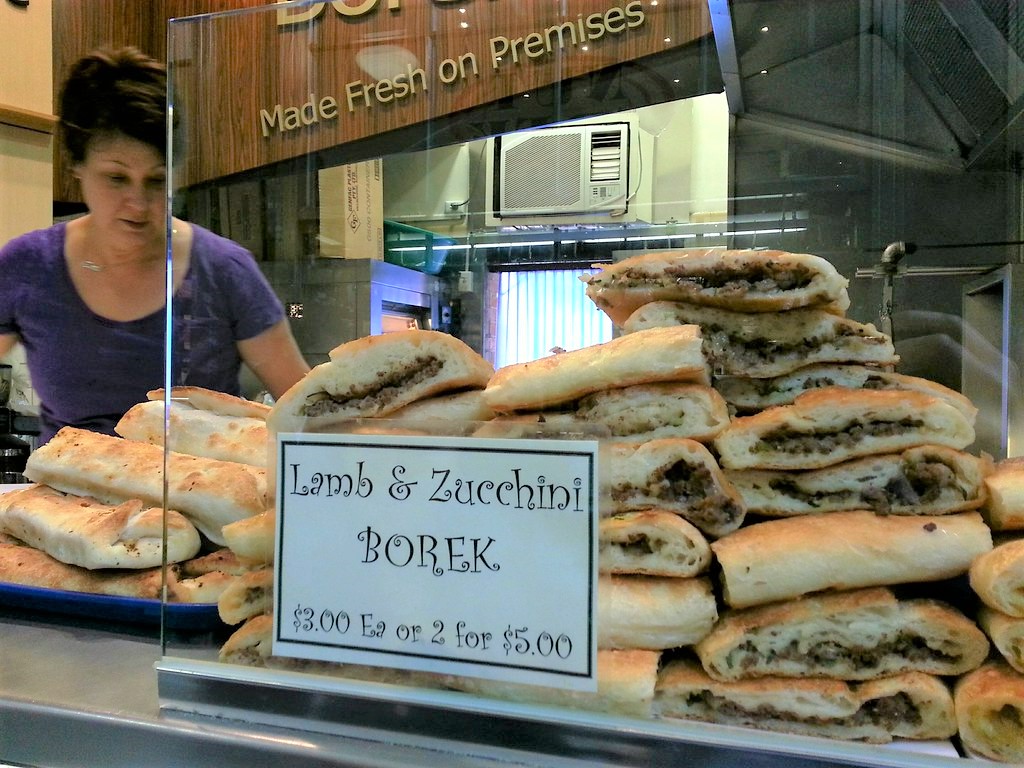
Borek Varieties
Borek can be made into a savory or sweet pastry depending upon the region it’s prepared. For instance, the Rize province of Turkey makes sweet borek with custard filling and powdered sugar dusting on top. Similarly, the Sariyer district makes savory borek shaped into small rolls, filled with minced meat, cheese, or vegetables. The Sephardic borek is stuffed with tuna, chicken, peas, and mushrooms while the Bulgarian one is packed with sirene cheese, eggs, peppers, and squash.
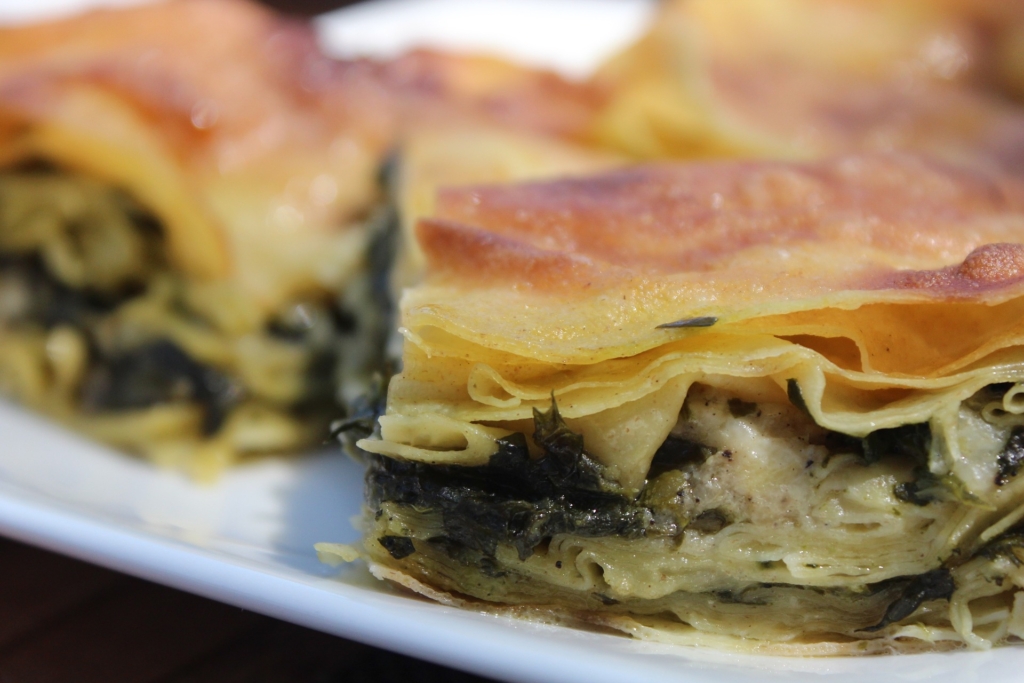
Other popular stuffings for borek are potatoes, spinach, onions, parsley, and cheese. You can make a cheesy savory Turkish Sigara borek following this recipe that uses a premade yufka dough.
Today, Turkish bakeries are innovating borek with more unique fillings like apples, sour cherries, currants, pine nuts, Nutella, green onions, and dill among many other ingredients. Besides the differences in borek fillings, you can find this pastry in different forms from circular to snail-like to cubed, and cigarette-shaped to mussel-shaped to triangular. No matter what shape or filling they come in, all boreks taste equally amazing, and speak of the rich culinary culture of Turkey.
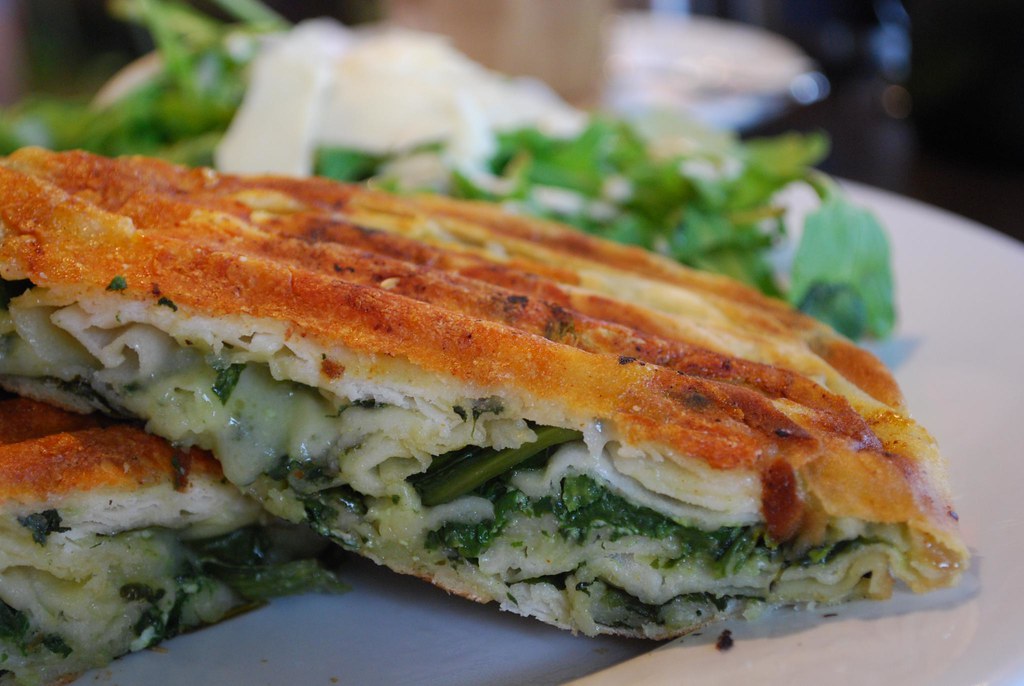
Feature Image: Flickr user avlxyz ( CC BY-SA 2.0 )

